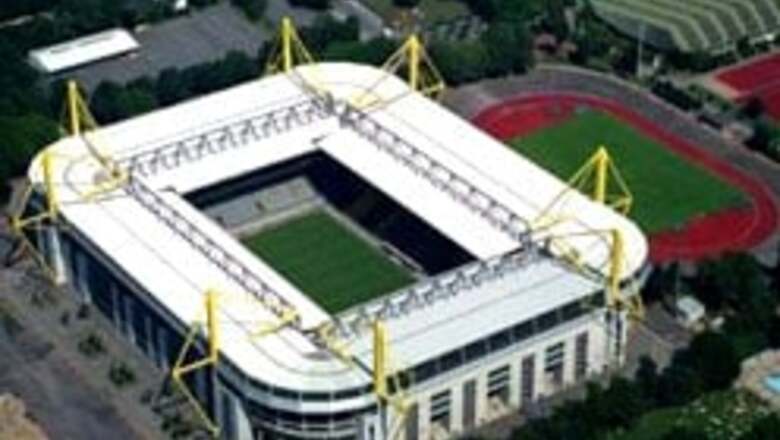
views
New Delhi:Known nationwide as the Bundesliga’s opera house, the Westfalen stadion was originally built for the 1974 FIFA World Cup.
Borussia Dortmund play their home games here, practically always in front of sell-out crowds.
Some 25,000 of these fans roar on their beloved Borussia from the famous South Stand terraces, which is an awesome and fearful prospect for the visiting team.
No fewer than 1.4 million spectators thronged to Germany's biggest stadium in 2004-5, making an average of over 77,000 and a Bundesliga and European record.
In November 2001, the authorities resolved to join up the four separate stands, increasing the all-seat capacity to around 67,000. Crucially, the design carefully allows proper ventilation for the pitch.
This temple of football on Strobelallee features more than 3,500 food service points, another best-in-class figure for the Bundesliga. This phase of the reconstruction project was completed in late summer 2003.
A further modernisation programme took place in summer 2005. The seats in the lower tier were equipped with back-rests and a new VIP section opened.
An electronic access control system was installed and began operations, together with refurbishment of the dressing room and team zones.
Eight 62-metre-high bright yellow support pylons represent a distinctive, colourful landmark on the Dortmund skyline.
At the 2006 FIFA World Cup, the steel exterior structure will be visible from miles away as visitors from all over the globe flock to the Westfalen stadion, a venue for one of the semi-finals.



















Comments
0 comment